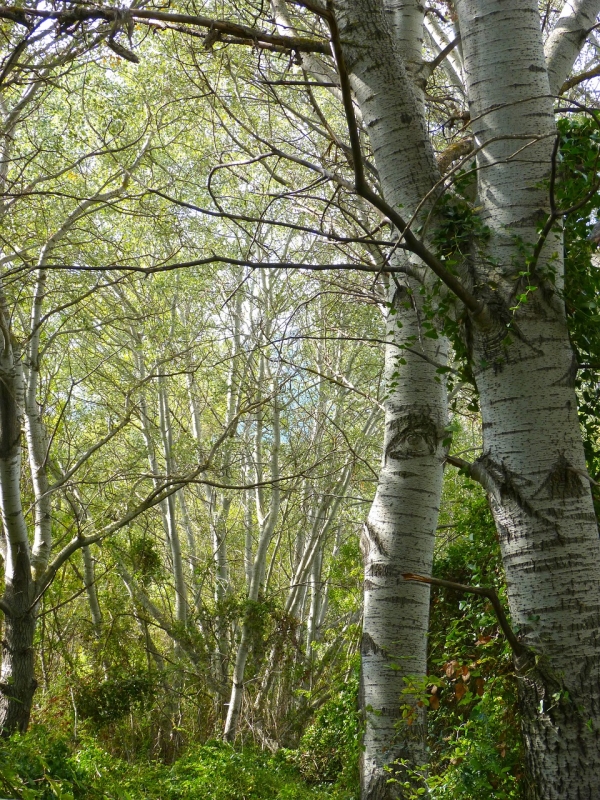Standing in an aspen grove, surrounded by slender white trunks and a canopy of leaves that rustle in the slightest breeze, it’s easy to think only of the trees.
Standing in an aspen grove, surrounded by slender white trunks and a canopy of leaves that rustle in the slightest breeze, it’s easy to think only of the trees.
Hidden in the roots, soil, and fluttering leaves, however, are complex networks of fungi. Some fungi in these networks can help aspens and closely related trees in the genus Populus absorb water and nutrients from soil, while others may cause disease in the plants’ leaves.
Recent research from Stanford University suggests climate change will disrupt the balance between helpful and harmful fungi in Populus groves, as rising temperatures and shifting precipitation patterns lead to fewer kinds of beneficial soil and root fungi in drier regions and encourage growth of potentially pathogenic leaf fungi in wetter areas.
Read More: Stanford University
Photo Credit: makamuki0 via Pixabay




